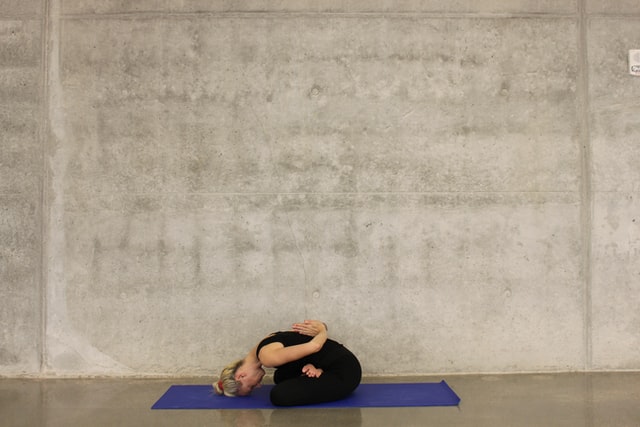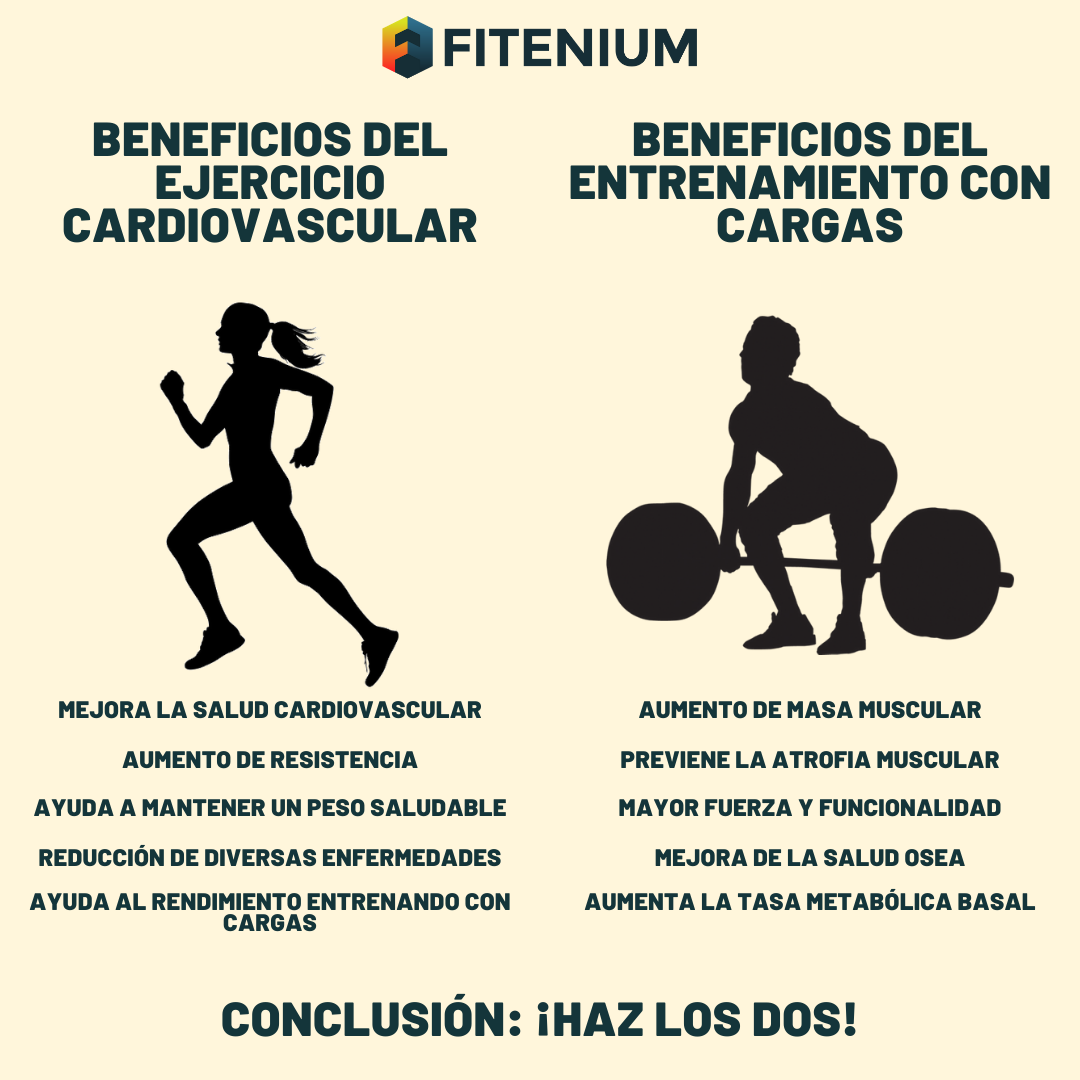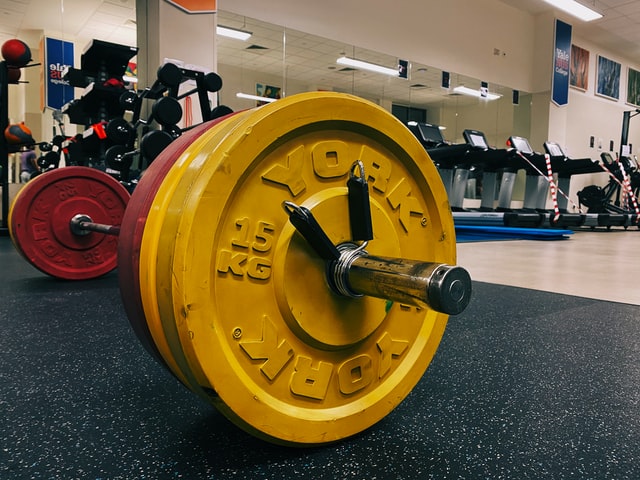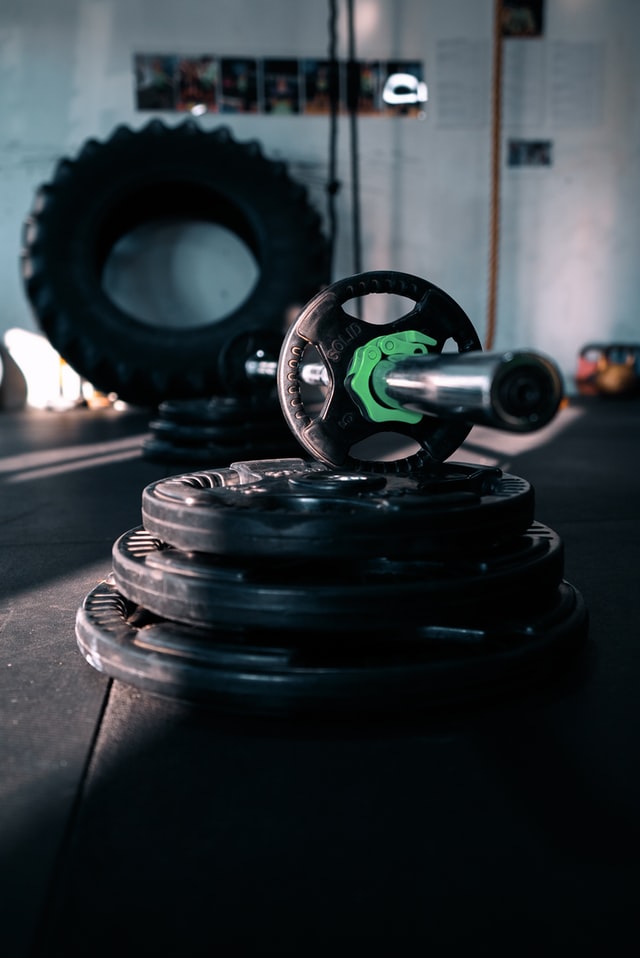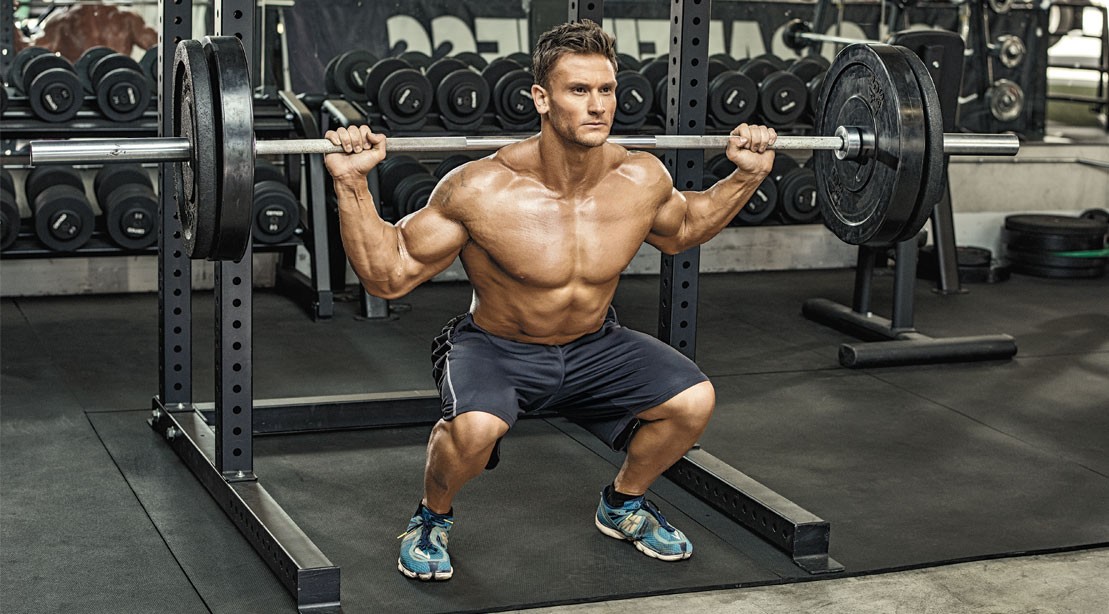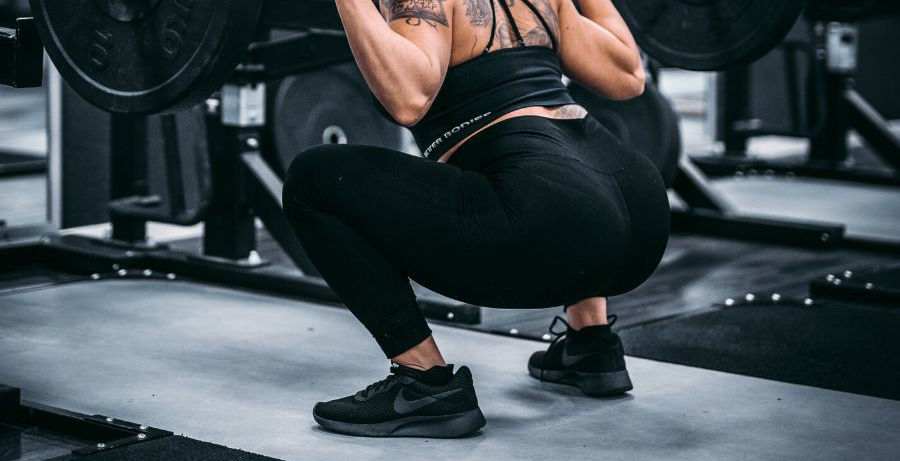If you don’t already know Fitenium is a free, mobile, video-based social network for athletes who train strength or bodyweight exercises. At Fitenium users can follow their performance, compete and get discounts in nutrition and sports equipment stores. Download it here.
Surely you would have read many websites and 1000’s of publications to read what to do to gain muscle, and perhaps most importantly, eat enough daily protein for each individual. Training to gain muscle mass is a requirement.
In this post, we will discuss the importance of training to gain muscle mass, in order to clarify the most important concepts that must be taken into account if you are interested in “growth”. However, we must remember that a diet must always cover our needs (100% diet and 100% training), without it, no matter how well you train, you will not get results.
First, to gain muscle mass, it does NOT only affect the number of repetitions, series, weight to move, periodicity method, macro, meso or microcycles, nor the exercises or routines you do.
Certainly the best thing to do to build muscle is obviously to perform core exercises. These multi-joint exercises involve working on multiple joints at the same time, thus mobilizing many fibers per iteration.
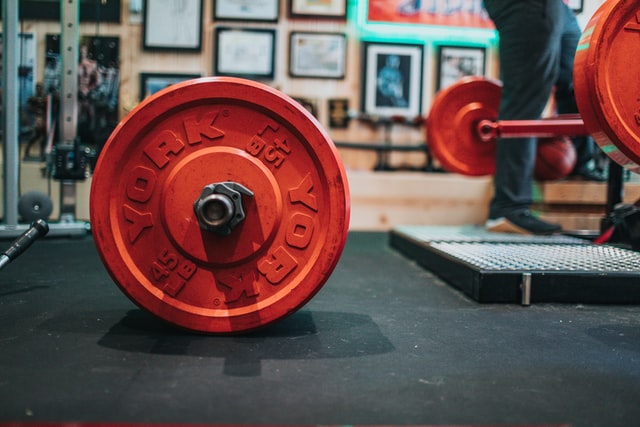
Published on Unplash by Nathan Dumlao
Well this is true. As a rule, and for most people, basic strength exercises will build more muscle than any other exercise, and should be included in your routine. However, not everyone uses the basics to get results.
For example, some people do squats and don’t gain size. Squats are great movements, but they often focus too much on the hips instead of the legs. Or people who don’t stretch their chest enough with a bench press.
In these cases, you need to use an alternate move that gives you better results, but this should only be done if the basics don’t work. In general, alternative movements should not be an excuse to avoid hard work.
Several times a week
For optimal growth, each muscle group should be trained several times a week. Most people believe that the more volume you train with each workout, the more your muscle mass will grow and the more sets/reps you will do in your daily life.

Published on Unplash by Isaac Wendland
Doing 20-30 sets against a muscle group or going to muscle failure is a mistake. It’s a big mistake to use a series of descending orders, supersets, breaks/pauses, etc. in the same routine to fully exhaust that muscle group. Obviously, this method does not allow you to train that group 2-3 times a week.
It is not the amount of work in the group that matters, but the frequency of training.
The important thing is not to do too much volume for a particular group in each training session. Therefore, you cannot train more than one day a week.
High-volume training typically works when people use steroids that increase protein synthesis (so that each workout stimulates more growth for longer periods of time). In this case frequent stimulation with lower intensities per session is required for maximum growth.

Published on Unplash by Charlie Wollborg
separate muscle training
If you feel that your muscles are not really working during the exercise, then it is true that there is not enough stimulation for your muscles to grow to the maximum. In this case you should increase the weight and reduce the number of repetitions. For example, when strength training, you should feel like the correct muscle is working.
It is not necessary to achieve a large amount of fatigue during the session, but after performing the series you should feel the fatigue of the trained group.
You may not have the athletic ability to optimally activate certain muscles during basic movements, so you may want to consider using isolation exercises and learning how to get the most out of them.
When you learn to do muscle contraction correctly, you are more involved in basic (jointed) movements. So doing an isolation exercise on invisible muscles is a future investment in muscle growth.
Therefore, we will first focus on the quality of the contractions and learn how to separate the muscles using isolating work and constant tension. Then, lighten the muscles to induce pre-fatigue and aid isolated movement before executing the compound. This makes it possible to achieve optimal muscle activation.
Cardiovascular exercise
There are many questions about whether to do aerobic exercise. A recent trend is to do HIIT, or high-intensity aerobic exercise, several times a week while trying to gain muscle.
Clearly, improving cardiopulmonary function can be beneficial as it helps increase appetite. Aerobic exercise is great for those who have difficulty eating (remember eating enough is very important): it helps with recovery, maintains cardiovascular health and fitness, and keeps your fat-burning metabolic state active.
However, too much aerobic or strenuous exercise can interfere with increased muscle strength and muscle growth, so plan your aerobic exercise.
Therefore, if your goal is muscle gain, moderate, low-intensity cardio 2-3 days a week for 20-30 minutes is sufficient. Your knees will appreciate not having to endure so much stress in those intense aerobic sessions, and you will achieve better results in terms of muscle hypertrophy.




